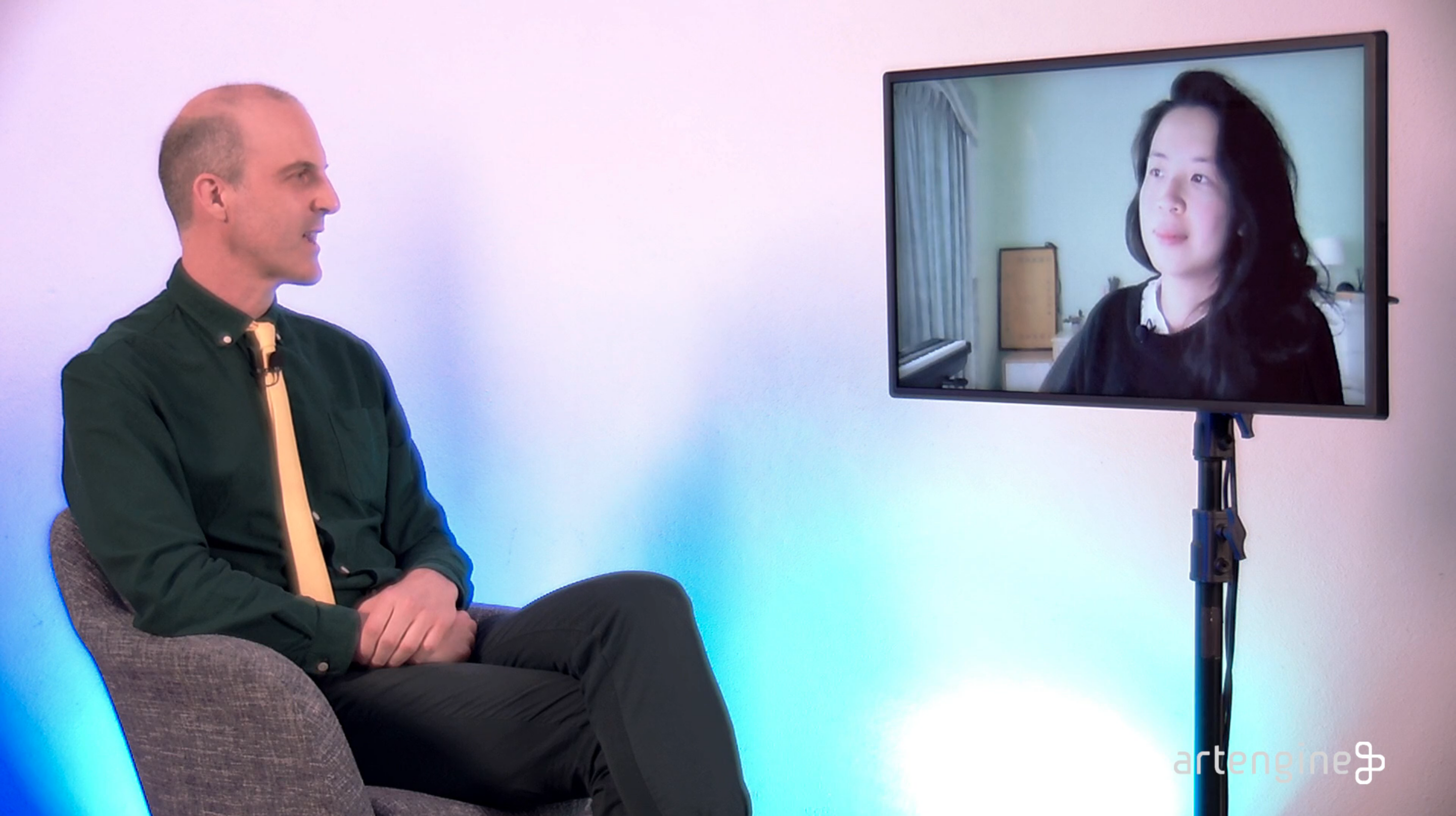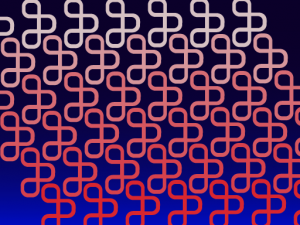David Rokeby, a part of the vanguard of electronic, video, and installation art since the early 1980s, delivers an artist talk that delves deeply into the evolving interplay between humans, technology, and artificial intelligence. Living and teaching in Toronto at Ryerson University’s RTA School of Media, Rokeby has consistently explored themes of digital surveillance and the perception of time through his art, a concept he refers to as ‘process time.’
During his presentation, Rokeby recounts his artistic journey, starting from his work in the 1980s that researched the interaction between human bodies and machines. This early work laid the foundation for his 1990s projects, which began to question the implications of these interactions for artificial intelligence. He reflects on the relatively primitive state of AI during his initial explorations compared to today’s advanced deep learning technologies.
A significant part of his talk focuses on his installation, “Very Nervous System” which uses cameras to track movement and create music in real-time, fostering a dynamic interaction between the body and technology. This piece, Rokeby explains, not only reflects the movements it detects but also generates a responsive, immersive environment that explores the blurred boundaries between the physical self and digital responses.
Rokeby discusses the philosophical and existential questions that arise from his engagements with technology—particularly how consciousness and bodily experience influence and are influenced by digital systems. He is intrigued by the immediate, often surprising interactions between human intent and technological feedback, which challenge traditional notions of control and agency.
Rokeby questions the future of artificial intelligence in relation to the human body. He speculates on the cultural implications of AI systems that lack a bodily perspective, suggesting that a comprehensive understanding of intelligence might remain elusive without integrating the profound human experience of being embodied. His reflections prompt a broader contemplation on the role of the body in digital and cultural contexts, emphasizing the persistent relevance of physical presence in an increasingly virtual world.
This presentation was part of the symposium ARTIFICIAL IMAGINATION which unites innovative artists engaged with emerging technologies. This focused on exploring and sharing their individual practices, experiences, and insights related to algorithms, artificial intelligence, and machine learning. It served as a platform for an enriching exchange of ideas between the artists and the audience, aiming to contribute a distinctive artistic viewpoint to the ongoing discussions about our evolving relationships with machine collaborators. Each session, including this one, highlighted how these technologies are being integrated and reflected in contemporary artistic processes, encouraging a broader understanding and appreciation of the creative potential of new digital tools.
Born in Tillsonburg, Ontario in 1960, David Rokeby has been creating interactive sound and video installations with computers since 1982. His early work Very Nervous System (1982-1991) is acknowledged as a pioneering work of interactive art, translating physical gestures into real-time interactive sound environments. Very Nervous System was presented at the Venice Biennale in 1986, and was awarded the ï¬rst Petro-Canada Award for Media Arts in 1988 and Austria’s Prix Ars Electronica Award of Distinction for Interactive Art in 1991.
Several of his works have addressed issues of digital surveillance, including Watch (1995), Taken (2002), and Sorting Daemon (2003). Taken was exhibited at the Witney Museum of American Art in New York in 2007. Another of his surveillance works, Watched and Measured (2000) was awarded the ï¬rst BAFTA award for interactive art from the British Academy of Film and Television Arts in 2000.
Other works engage in a critical examination of the differences between human and artiï¬cial intelligence. The Giver of Names (1991-) and n-cha(n)t (2001) are artiï¬cial subjective entities, provoked by objects or spoken words in their immediate environment to formulate sentences and speak them aloud.
David Rokeby’s installations have been exhibited extensively in the Americas, Europe and Asia. He has been featured in retrospectives at Oakville Galleries (2004), FACT in Liverpool (2007), the CCA in Glasgow (2007) and the Art Gallery of Windsor (2008). He has been an invited speaker at events around the world, and has published two papers that are required reading in the new media arts faculties of many universities.
In 2002, Rokeby was awarded a Governor General’s Award in Visual and Media Arts, the Prix Ars Electronica Golden Nica for Interactive Art (for n-cha(n)t) and represented Canada at the Venice Biennale of Architecture with Seen (2002). In 2004 he represented Canada at the São Paulo Bienal in Brazil. In 2007 he completed major art commissions for the Ontario Science Centre and the Daniel Langlois Foundation in Montréal. His 400 foot long, 72 foot high sculpture entitled long wave was one of the hits at the Luminato Festival in Toronto (2009).
Recent projects include a series of video works which explore the patterns traced by movements across time, an installation evoking the presence of Marshall McLuhan in the coach house where he worked for the 2010 Contact Festival, and a new interactive sound installation entitled “Dark Matter†commissioned by Wood Street Galleries in Pittsburgh. He is currently preparing a new work for the opening of the Ryerson Gallery and Research Centre in Toronto in 2011.
David Rokeby is represented by Pari Nadimi Gallery.
It seemed the system already knew I was going to move before I moved

Join us as Macy Siu gives us the lowdown on another development from the Digital Economies Lab – the Offer/Need Machine. In an era where the gig economy has monetized every informal network from ride sharing to pet sitting, the Offer/Need Machine proposes a network of decentralized reciprocity. Pay close attention to when Siu explains the need for an anti-capitalist model and more-than-human design.

What is software without hardware? Join us as DEL participant, artist and National Director of the Independent Media Arts Alliance Emmanuel Madan shares his vision for the viability of the Arts ecosystem and what role a union, Artwork_Local404, could play within that system. In this conversation, we discuss the importance of language, authorship, and time when it comes to the development of meaningful work (tools, platforms, initiatives and art).